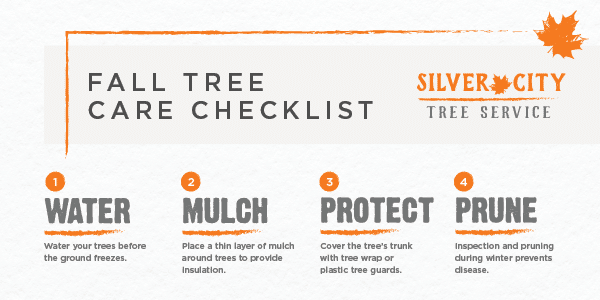Tree Conservation: Indications That Show The Demand For Removal
Tree Conservation: Indications That Show The Demand For Removal
Blog Article
Authored By-Bailey Colon
If you've ever questioned the fate of the trees on your residential property, understanding when it's time for removal is essential. But just how do https://www.bhg.com/gardening/trees-shrubs-vines/trees/how-to-cut-down-trees/ determine if a tree can be saved or if removal is the only option? By trying to find details indicators and evaluating safety threats, you can make enlightened choices that benefit both your landscape and your surroundings. Allow's discover the crucial aspects that enter play when determining the destiny of a tree and exactly how you can guarantee the very best result for your environment-friendly buddies.
Indicators of Tree Decrease
If you discover any one of the following indicators of tree decrease in your yard, it may be time to consider tree elimination.
One typical indicator is dead or decaying branches, which can suggest underlying concerns impacting the tree's health. Watch out for discolored or wilted leaves that linger even with proper care, as this could be an indication of illness or pests.
One more warning signal is excessive leaning or a visible change in the tree's base, which might recommend origin problems or architectural instability. Keep an eye out for fungal development on the trunk or origins, as this can indicate rot and jeopardize the tree's stability.
Furthermore, if you observe big splits in the trunk or major arm or legs, it's important to address these problems quickly to prevent prospective risks. Resolving these indicators of tree decrease quickly can assist keep the security and aesthetics of your yard environment.
Security Issues
To guarantee the well-being of your home and those around you, prioritizing safety worries related to trees is critical. Trees can position different safety risks if not properly maintained. Dead or rotting branches may fall all of a sudden, threatening individuals or damaging structures.
Leaning trees can also be hazardous, specifically if they're leaning in the direction of a structure or high-voltage line. Additionally, trees with substantial root systems near structures or underground utilities can cause considerable damages with time.
It's crucial to on a regular basis evaluate your trees for any type of signs of prospective risk. Keep an eye out for fractures in the trunk, large dental caries, or signs of illness and degeneration. If you see any one of these problems, it's best to consult with a professional arborist to analyze the scenario and identify the essential course of action.
Taking positive steps to address safety and security problems immediately can protect against accidents and property damage in the future. Remember, the security of your building and those around you ought to always be the leading priority when it comes to tree maintenance.
Consulting an Arborist
When taking into consideration the health and safety of your trees, speaking with an arborist is a critical step. Arborists are trained professionals that specialize in the treatment and maintenance of trees. They can analyze the total wellness of your trees, determine any kind of problems such as illness or architectural troubles, and supply professional referrals on the best strategy.
By getting in touch with an arborist, you can receive important insights into the problem of your trees and determine whether elimination is required. Arborists have the knowledge and experience to assess the threats connected with keeping a tree versus removing it. They can likewise use advice on alternate options, such as pruning, cabling, or bracing, to aid preserve the tree whenever feasible.
Furthermore, arborists can help you browse any neighborhood regulations or allows that may be required for tree removal. Their experience can make certain that the process is accomplished safely and in conformity with any kind of appropriate legislations.
Conclusion
Finally, when identifying whether trees can be conserved or if elimination is necessary, it is very important to think about indications of decrease and safety worries. Consulting an arborist for a comprehensive analysis is essential in making the best decision for the tree's health and prospective hazards. Keep in mind, positive treatment and timely action can help preserve trees and protect against crashes.
